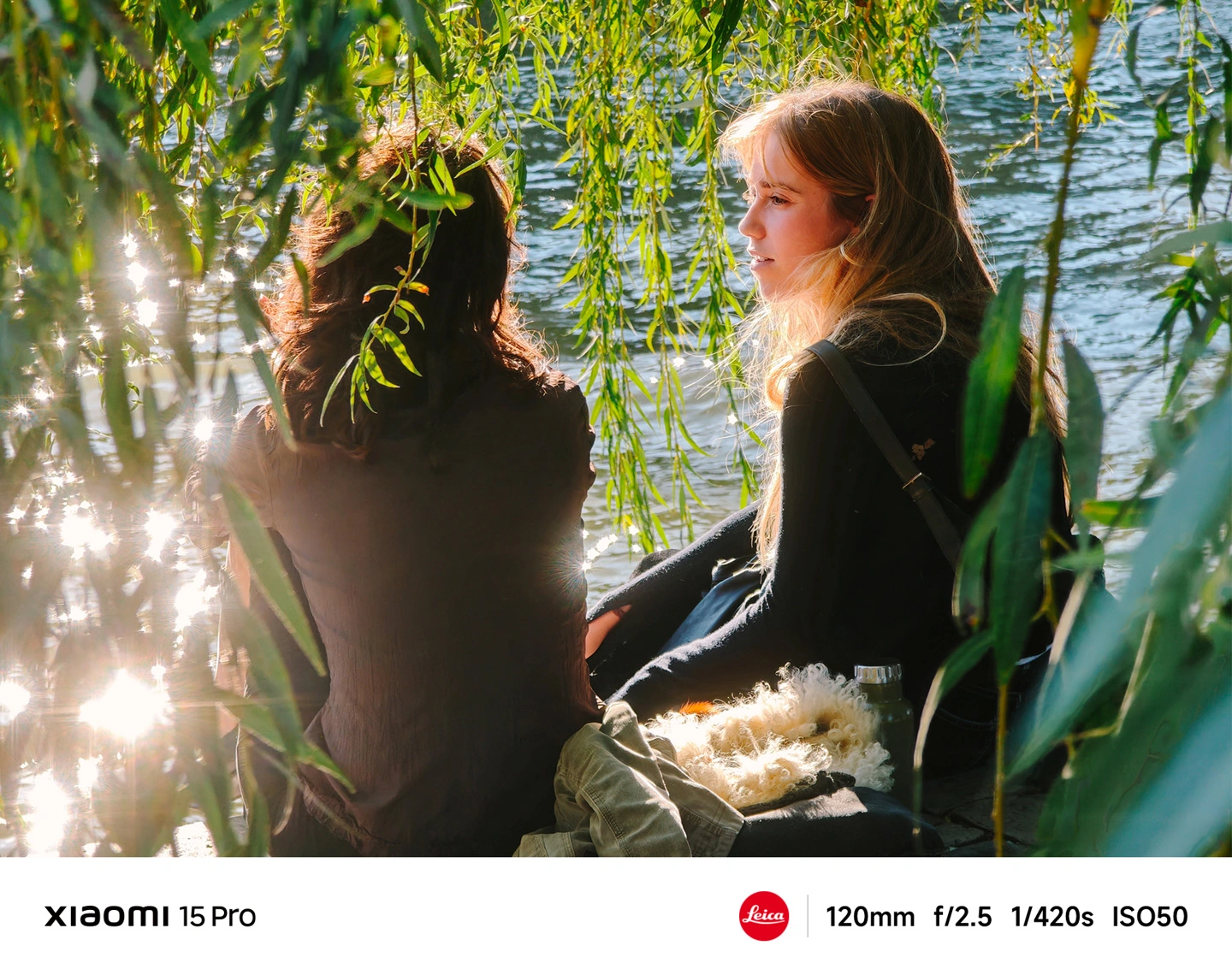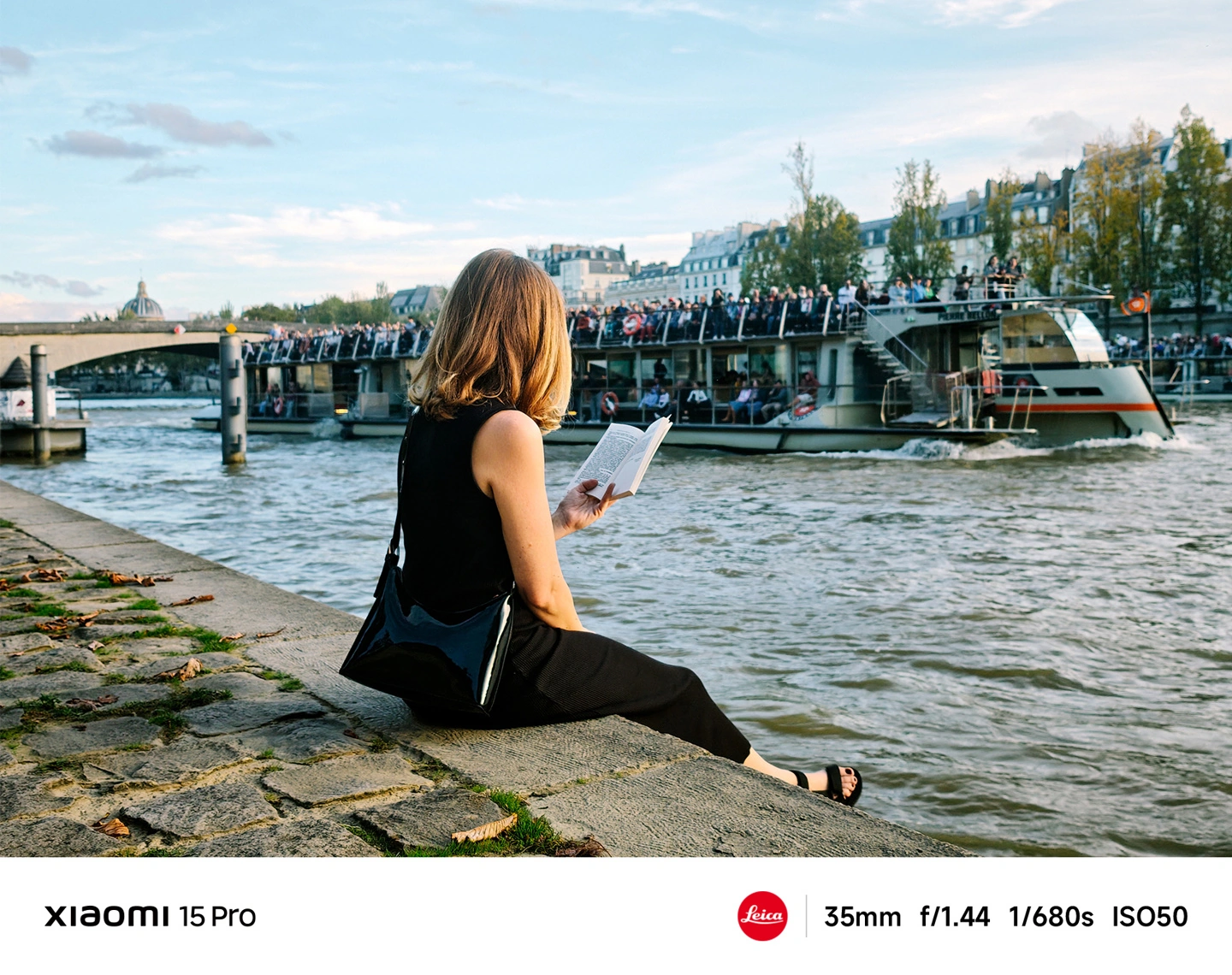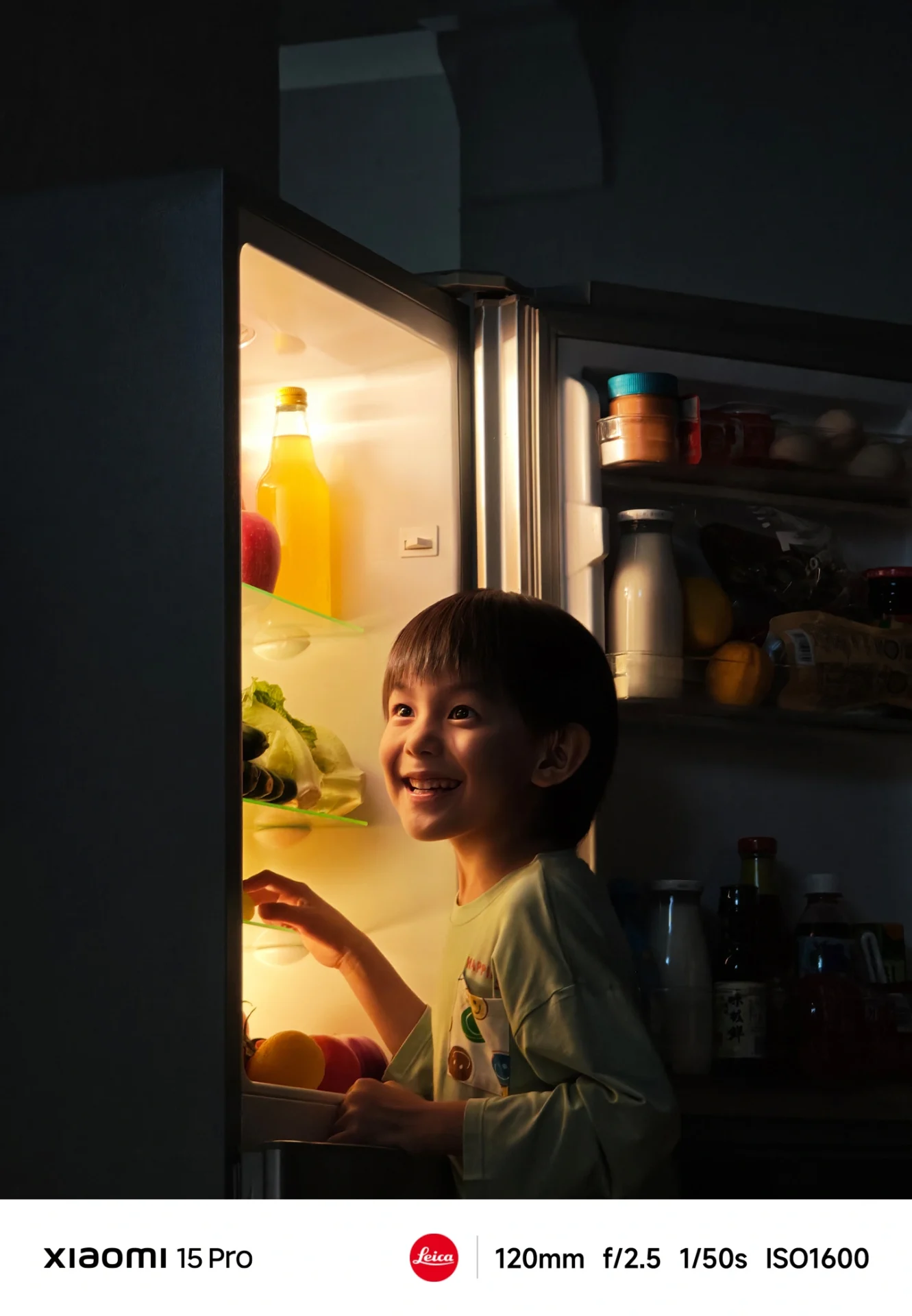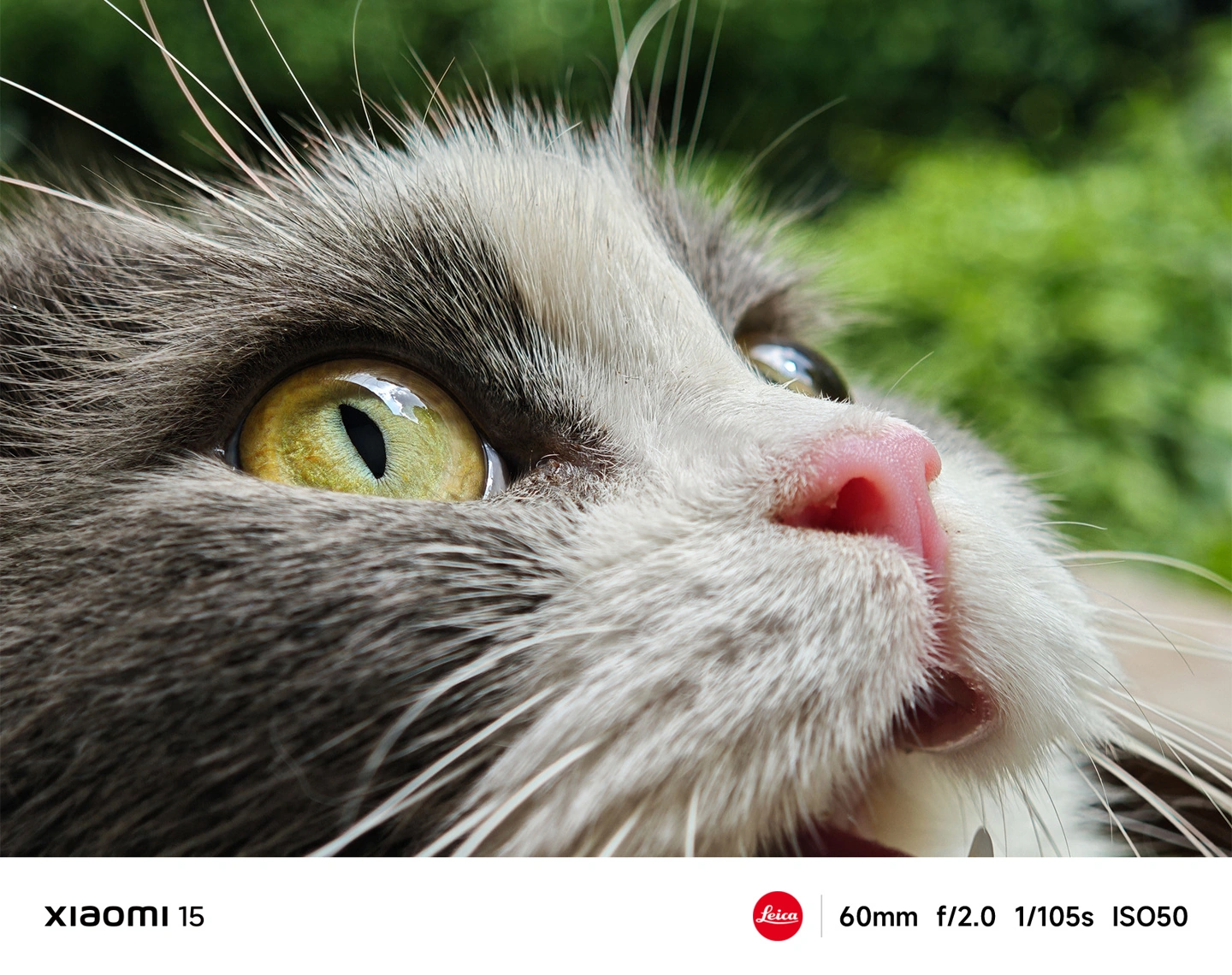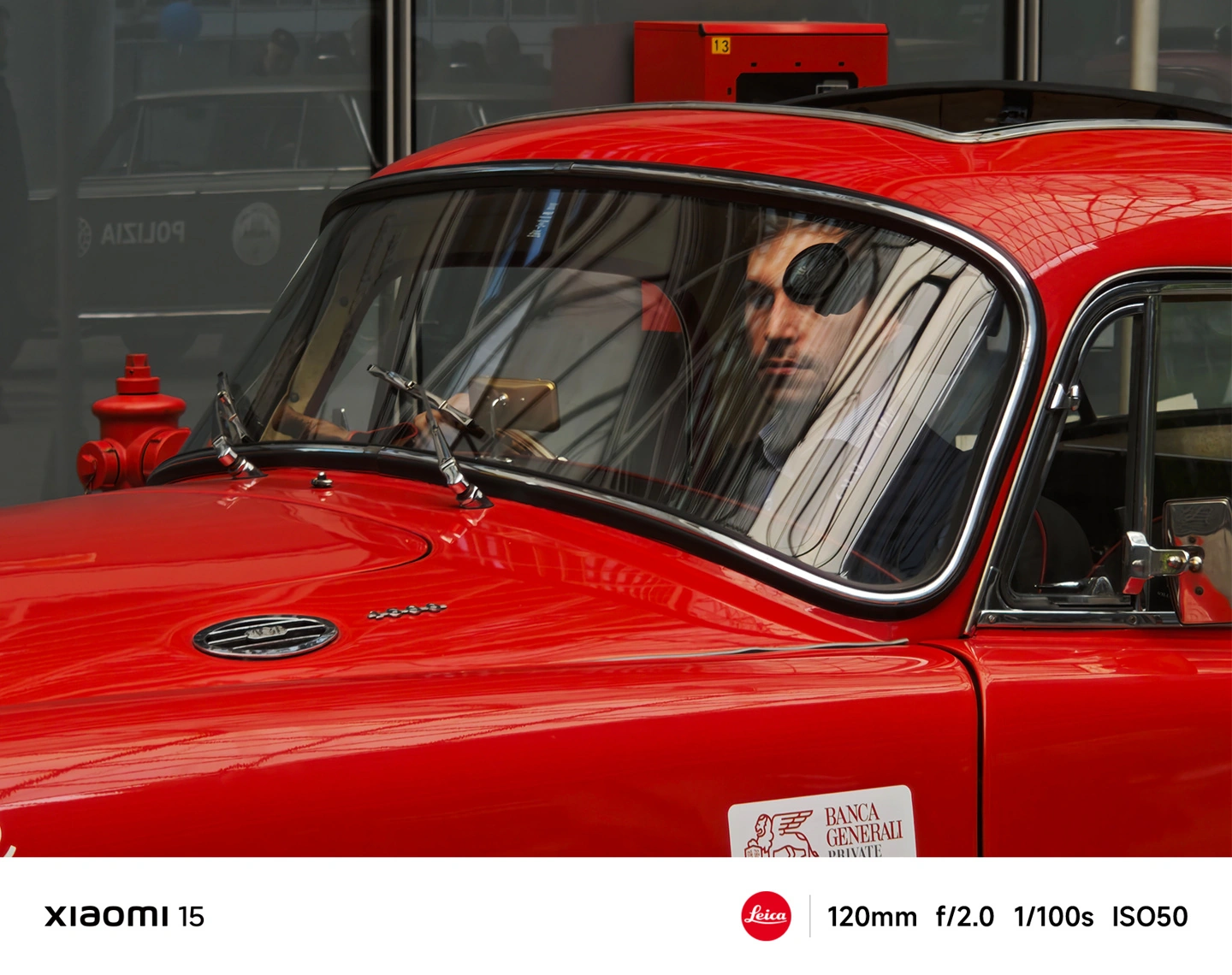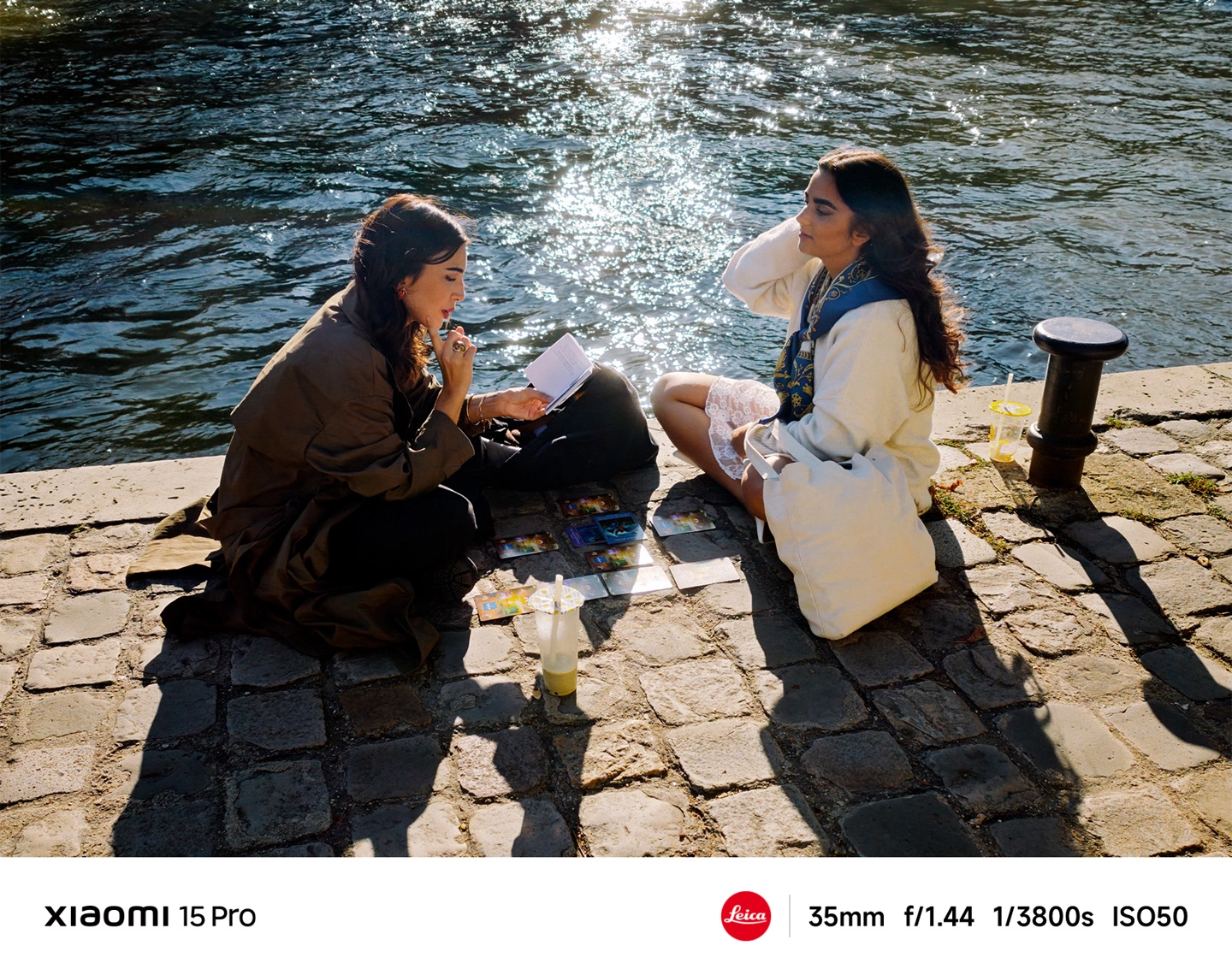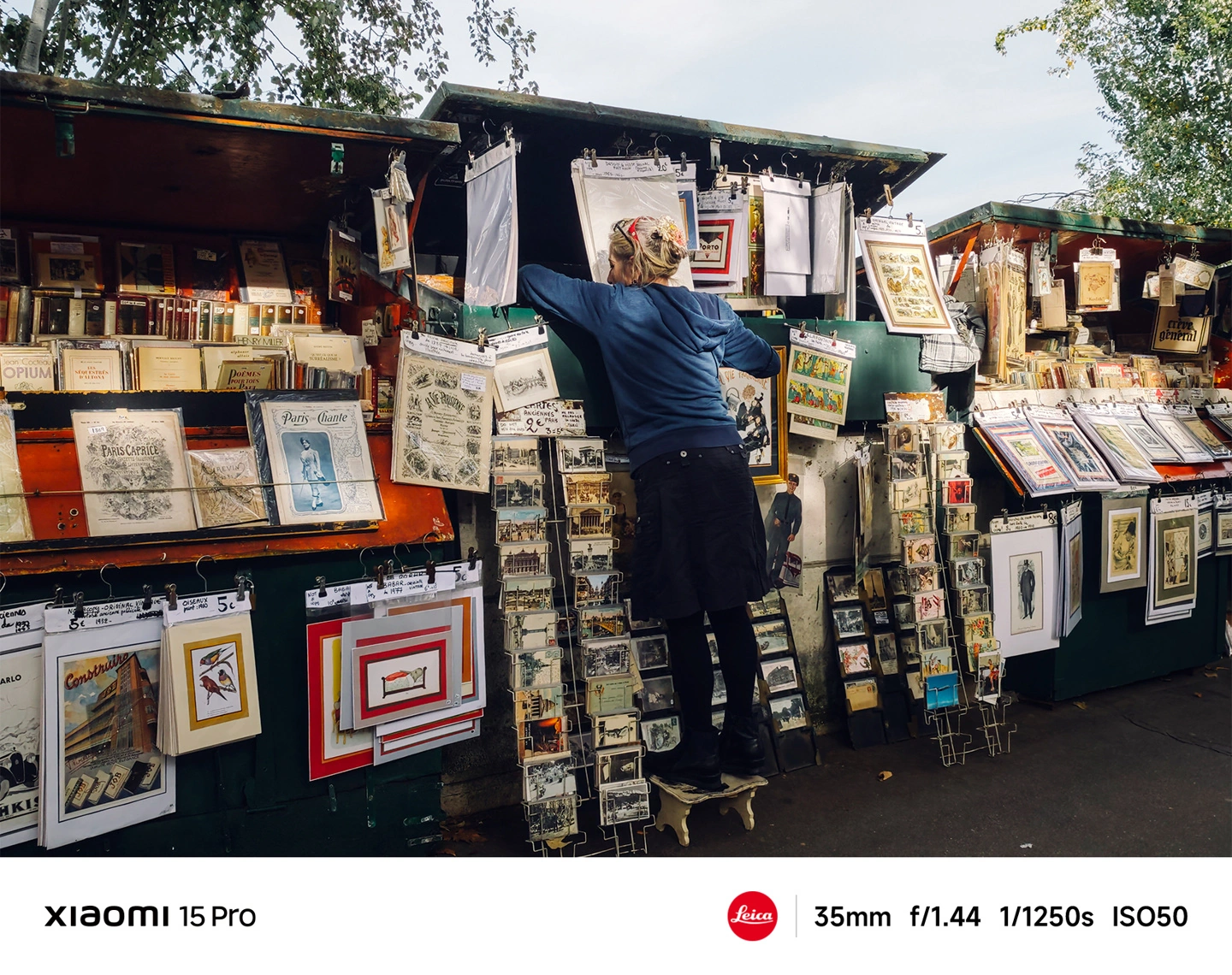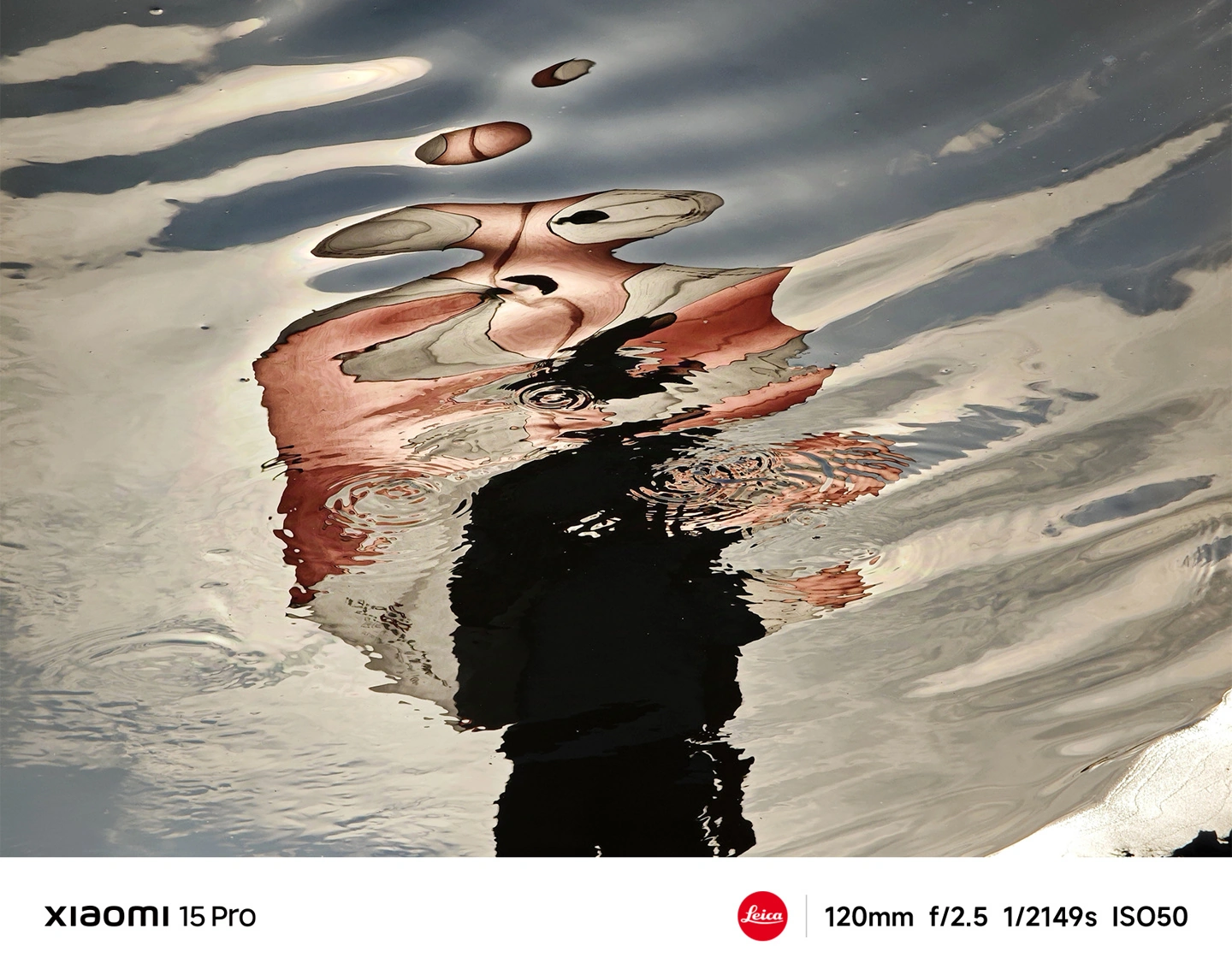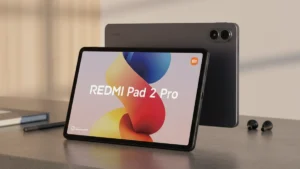While the October 29 launch date approaches for the Xiaomi 15 series, it has been slowly ramping up via early previews of new camera technologies embedded in its forthcoming flagship models. Considering smartphone photography, the main leap this time around is that both Xiaomi 15 and Xiaomi 15 Pro come with a miniaturized Leica optical system and an advanced computational photography platform called AISP 2.0, which are likely to reshape cameraBoy photography.
Miniaturized Leica Optical System: Compact, Powerful, and Precise
One major point that distinguishes the Xiaomi 15 series from others is that it miniaturizes the Leica optical system into an extremely thin and well-designed body. This new Leica camera system is designed to allow precision and sharpness, enabling users to take pictures with great detail and colour accuracy.
Miniaturization allowed Xiaomi to create a better performing camera without adding bulk in the device while retaining its ideal use among people who seek both style and functionality.
This partnership with Leica has translated into custom-tuned lenses that capture life-like images featuring real colors, correct exposure, and minimal distortion–features that are not compromised by less-than-ideal light conditions. From vivid daylight scenes down to intricate compositions in low light, the Leica system promises a big jump in picture quality.
Smarter and Faster AI Processing: AISP 2.0 Computational Photography Platform
Beyond the hardware, it has introduced the XCITE AISP 2.0 computational photography platform on the Xiaomi 15 series. The advanced platform deploys a powerful AI model, which boosts photo processing speed by 82% to ensure that users have minimized lag and maximum clarity in the shots. AISP 2.0 enhances every photo by intelligently analyzing and optimizing each frame in real time, thus enabling users to click complex scenes instantly and with ease.
AISP 2.0, Xiaomi can solve some very common challenges when taking photos, such as balancing the exposure in high-contrast scenes and reducing noise in low-light conditions. That means even within poor environments, of course, very low light or backlighting, Xiaomi 15 series users can capture detailed and well-balanced photos.
First Camera Samples of Xiaomi 15 and 15 Pro
For international audiences, showing off the power of these new features, Wei Siqi, general manager at Xiaomi’s Mobile Phone Marketing Department, recently shared real-world camera samples clicked with the Xiaomi 15 and 15 Pro via Weibo. The sample shots showcase a remarkable enhancement in color saturation, details, and dynamic range even under difficult or low-light conditions. These are only samples to give an idea of the capability of the Xiaomi 15 series so as to click professional-quality images, entering into new eras of mobile photography.
From sharp landscapes to natural skin tones in portraits, 15-series Xiaomi cameras speak volumes about how far smartphone cameras have come, clicking images that very well can put dedicated digital cameras out of competition.
Expected Impact on Mobile Photography
Equipped further with the Leica miniaturized optical system, together with the AISP 2.0 platform, the Xiaomi 15 series stands ready to rewrite the paradigm of mobile photography. What can be expected from users is a camera experience that captures memories, but does so with unprecedented clarity, speed, and style.
As Xiaomi further pushes the boundaries in imaging technology, the Xiaomi 15 series stands testament to the brand’s commitment to bringing the most advanced photography into the lives of common people. Stay tuned for the full reveal on October 29, where Xiaomi carries with more in-depth innovations concerning the Xiaomi 15 series camera and releases further information on the technology that makes it a leader in mobile imaging.

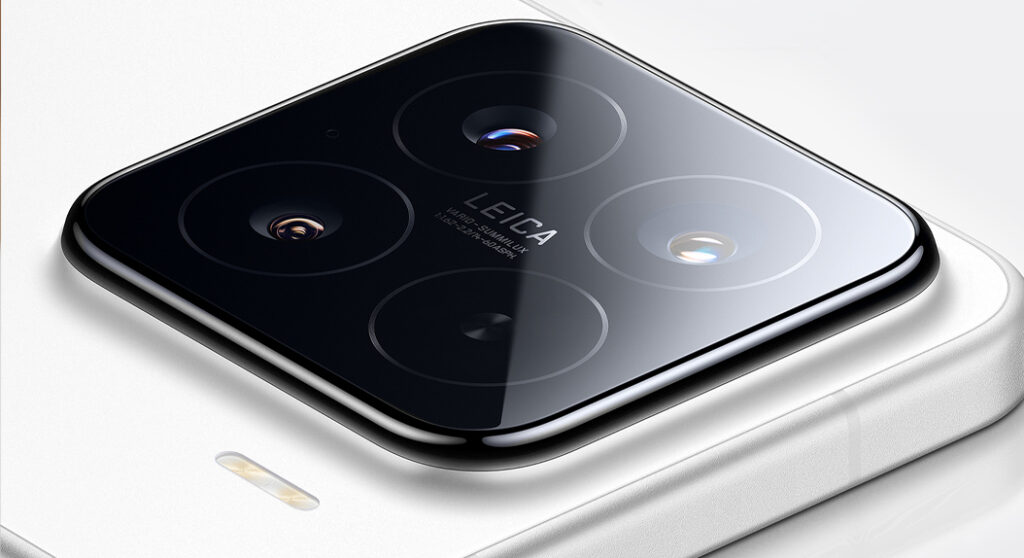
 Emir Bardakçı
Emir Bardakçı
